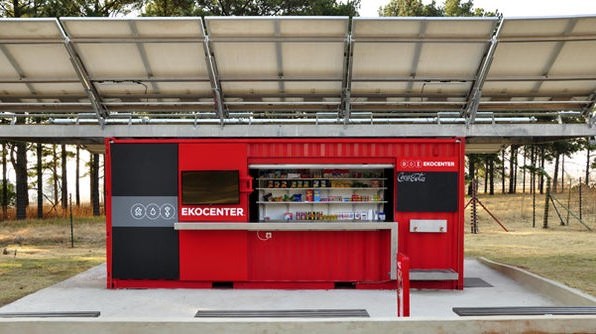October is Energy Action Month, a time to take simple actions to save energy and money on your utility bills. And one of the easiest places to take action to save energy—and water—every day is in your shower.
Many Americans know about the importance of saving energy and water. But few know about the drops-to-watts connection—that it takes energy to pump, heat, treat, and deliver the water we use every day. We turn on the bathroom lights and the shower without realizing how closely related water and energy are to each other.
If you want to save energy, as well as water and money, start with your shower. Showering is one of the leading ways we use water at home. The average family uses more than 13,000 gallons of water annually just for showering—or about 17 percent of your home’s indoor water use. That adds up to 40 gallons of water per family each day—or nearly 1.2 trillion gallons of water used each year nationwide just for showering!
That’s why EPA has also declared October Shower Better Month. By replacing just one showerhead with a WaterSense labeled model, the average family can save more than 2,900 gallons of water each year—the amount it takes to wash more than 70 loads of laundry. A WaterSense labeled showerhead can also save the amount of electricity it takes to power the average family’s home for 13 days and reduce their annual water and energy costs by more than $70!
WaterSense labeled showerheads are available in a wide variety of styles and prices. Most importantly, all models that earn the label must be independently certified for both efficiency and performance. So you can enjoy a satisfying spray while saving water, energy, and money—in other words, you will shower better!


